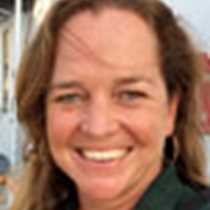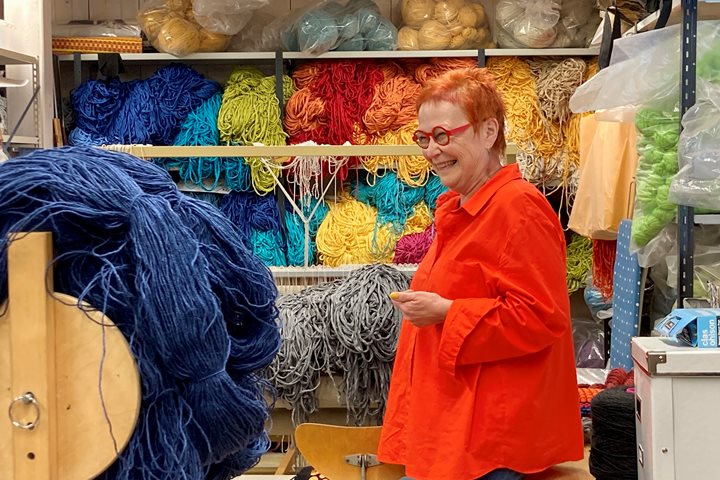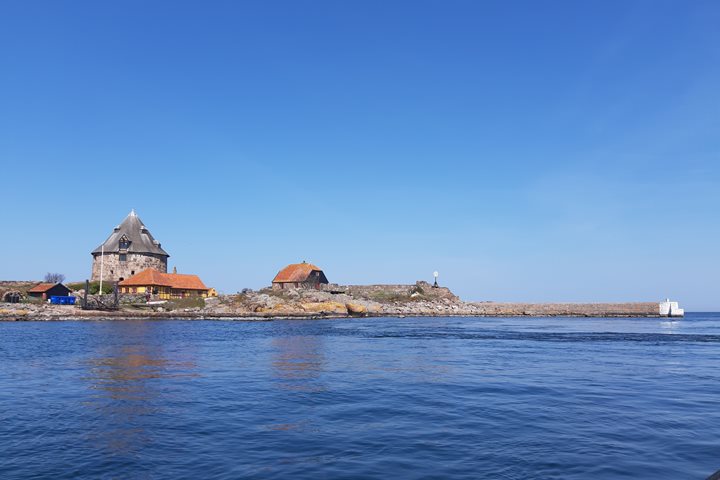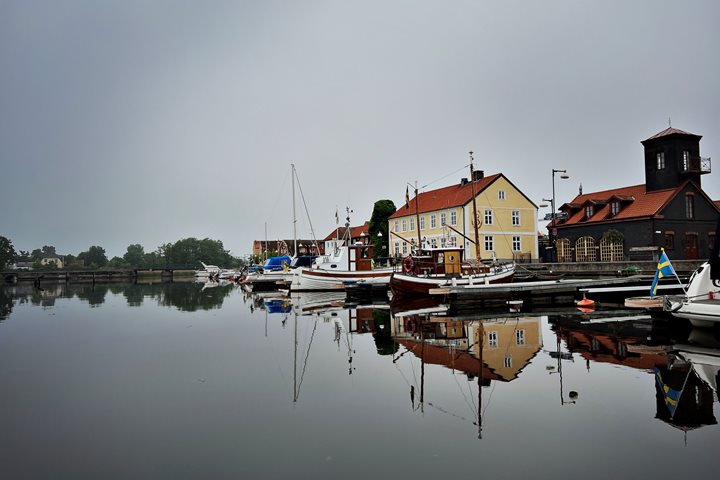One of the many highlights of this wonderful expedition in the Baltic has been exploring the mysterious, geographically isolated, and fascinating Finland. While it is now part of Scandinavia politically and fully part of the European Union, Finland has been a dividing line between the East and the West over the centuries, between the Protestant Swedish Empire and Eastern Orthodox Russia. In its past, the country has endured 800 years of dominance by the two powers.
Not only have we explored Finnish cities and their surroundings, we also managed to enjoy some of the country’s amazing island life as we spent time exploring the aptly named Archipelago Sea. Counting islands in Finland is a complicated matter, but the official number is 179,584! In any case, Finland lays claim to an enormous number of islands off its coast, the vast majority of which can be found in four principal archipelagos: the Kotka Archipelago in the Gulf of Finland, the Helsinki Archipelago, the Archipelago Sea, and the Kvarken Archipelago in the Gulf of Bothnia. Situated in the Baltic Sea between the Gulf of Bothnia and the Gulf of Finland, and stretching between the Åland Islands and the city of Turku, the Archipelago Sea is considered the largest island group in the world based on the sheer number of islands.
Before leaving Finland behind, we had time to decompress from a few busy days with an expedition stop. We explored the lovely natural world of Ekenäs Archipelago National Park, located in the Ekenäs section of Finland’s extensive coastal archipelagos. This national park, accessible only by boat, was established in 1989. It covers 20 sq. miles (52 km²), and it is made up of larger wooded islands, small rocky islands, and open seascapes. Almost 90% of the park's area is water, and with its calm seas and idyllic scenery, it was a great area to explore by Zodiac and kayak. With our shipboard staff, we also hiked the nature trails set up on some of the islands.
We visited two separate islands today, the first being Jussarö, located in the outer archipelago and the second largest of the group. The western side of the island is covered by old forests that have not been touched for centuries, whereas the landscape on the eastern side of the island has been strongly affected by mining, which was practiced here in the mid-1900s. We did several hikes here, including a long one through the forests, past the old mines, and then back along the scenic coastline. Those interested in birding or photography took more leisurely walks with Todd Gibstein, our naturalist, photo instructor, and National Geographic photographer.
Over lunch, we repositioned further inside the archipelago. We made the most of beautiful weather and our sheltered conditions by exploring a smaller island called Modermagan. This island is aptly known as the pearl of the archipelago, with a stunning natural harbour and charming lagoons. Our staff led nature walks past a picturesque pond, windblown cliffs, wonderfully wind-curved pines, and views over the bay. Some of us chose to explore by kayak or Zodiac cruises. We passed by idyllic wooden summer houses, each with a sauna and steps leading down to the sea in true Finnish fashion. It was also a great day for birding. The National Park was created in part to protect a diverse avifauna, and in fact, the common eider is the emblem species. A real highlight was seeing beautiful swans everywhere–on nests, at sea, and in flight.







